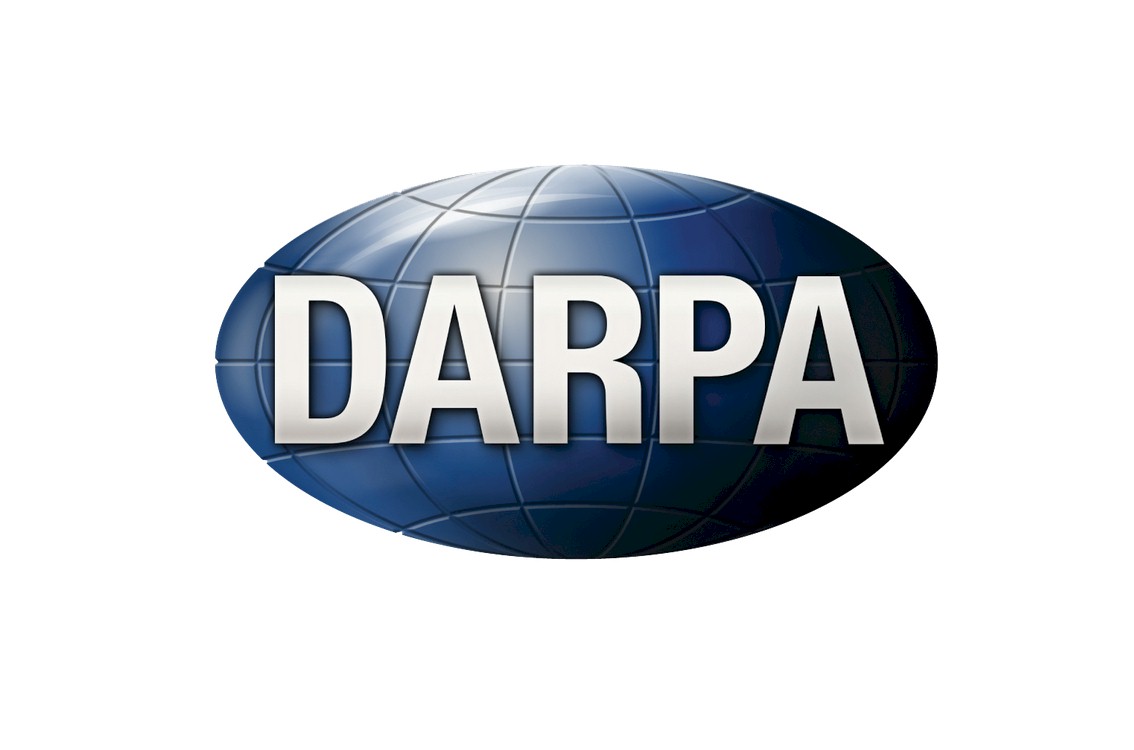DARPA to Use Humans Instead of Sluggish Mice and Microorganisms for Antibody Production

DARPA announced that it is conducting research into using human immune system to produce antibodies instead of the conventional method of using fungi or bacteria. With results showing a 1000 fold increase in effectiveness and production speed of antibodies.
During the outbreak of H1N1 in 2009, researchers had to grow the vaccines in mouse ovaries – the relatively new method of antigen antibody reaction. Although being the fastest vaccine produced in the history of science, the wait was still months before they could produce enough quantity that can be administered to people. Adding to the disappointment was the fact that the product is not as effective as expected, with the Ebola Virus slipping regardless of the cocktail of antibodies. The stats are nuch alarming, with the vaccine for Influenza preventing 1.6% of the total population immunized with it.
However, better survival rates were seen in blood transfusions from natural survivors. This bought a bit of change in the theory of making the body efficient in fighting the virus. Instead of making the body to produce it, the idea was to fuel it with Ebola antibodies already produced in an affected patient. The plasma transfusion method was faster and the body didn’t have to do the actual work. But it’s really tough to expect a survivor to donate blood immediately after fighting a lethal disease.
Announced at the “Wait, What, A Future Technology Forum”, researchers at the Defense Advanced Research Projects Agency (DARPA) are working on signaling the human body to produce antibodies by using the body as a bioreactor. The concept revolves around creating a sequence of genetic template determined to manufacture the specific antibody. This genetic template will be inserted into the muscle cells of the test subject. This would trigger production of numerous copies of antibodies. The production will gradually degrade over time with the sequence fading with time.
In order to create this template researchers will first need to identify a survivor who is teeming with naturally produced antibodies. The gene’s responsible for producing these antibodies are identified, isolated and injected into the potential human antibody factory. CRISPR hasn’t been mentioned here, but we suspect they will start using it, if they aren’t already.
Private Companies Interested in Human Bioreactors
DARPA is not the only one who is interested this method. Private companies are adopting this technique as well to produce vaccines faster during pandemic outbreaks, potentially saving millions of lives and making money in the process. The antibodies produced from human bodies are much more effective and takes shorter time than the usual nine to twelve months using mice ovaries or other microorganisms.
The quantity produced is only sufficient to cure smaller animals like mice or even primates. The contemplation is whether this method could be used to produce enough quantity to be used for therapeutic purposes as human body being larger and would require antibodies in larger quantity. Call us delusional, but we just hope that it doesn’t lead to a Matrix like scenario where hundreds of humans in vegetative states are used to cultivate antibodies.
Source: Darpa Wait, What, A Future Technology Forum

